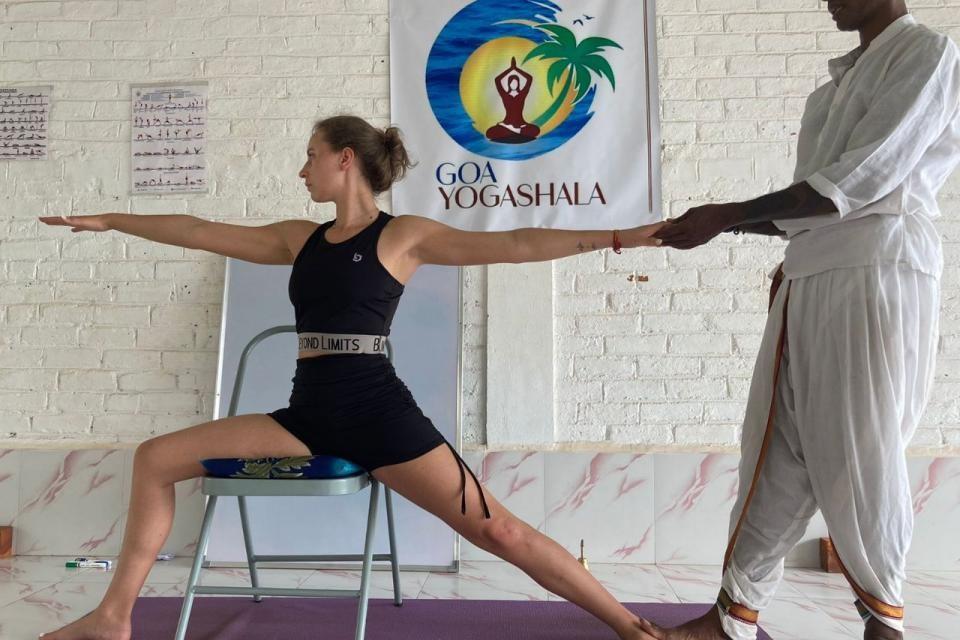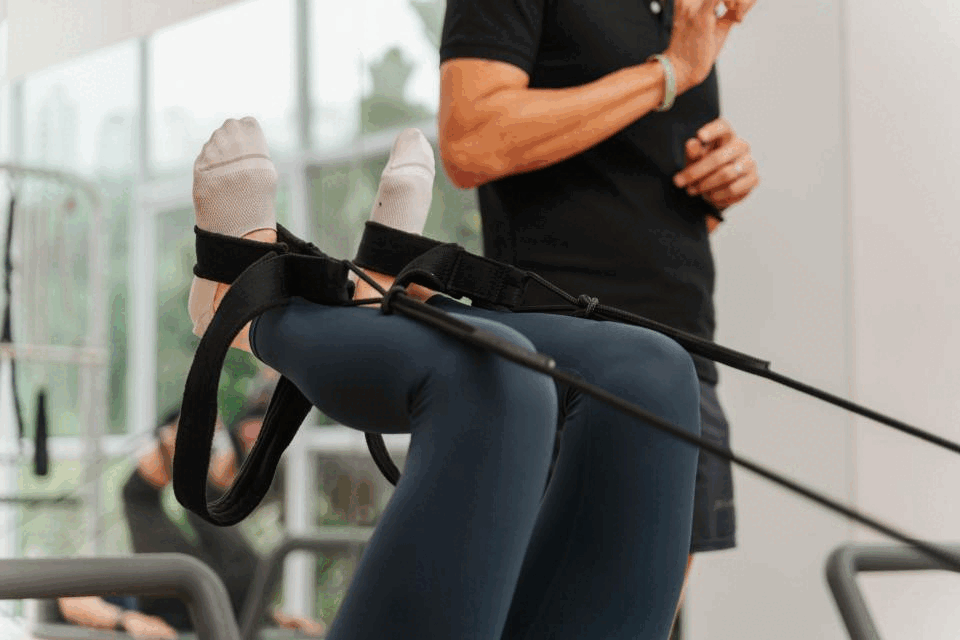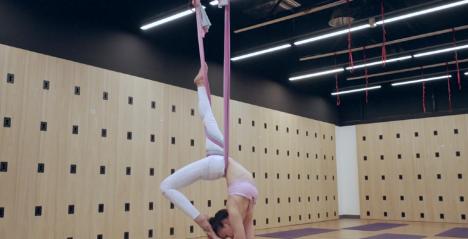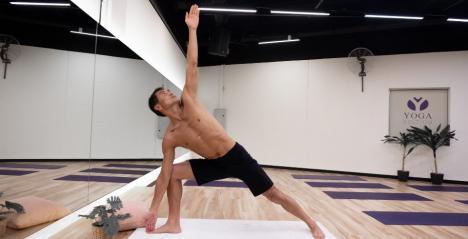Along with teaching the poses, being a yoga instructor entails a lot of responsibility. Making the decision to become a teacher will change your life and allow you to share the ancient art of yoga with others. A "Yoga Teacher" is responsible for imparting yogic knowledge, and the first step to becoming a certified yoga instructor is to enroll in a Yoga Teacher Training program.
In addition to teaching, you how to impart important life lessons to your pupils, the YTT, as it is frequently referred to, is intended to help you develop as an accomplished instructor. Yoga is a lifestyle that extends beyond the mat as well as a physical exercise. For many students, establishing a relationship with a professor is the essential conduit for being introduced to this way of living. Teachers should abide by these teaching tips for yoga teachers in order to successfully teach yoga in this manner.
CONTINUE TO REMAIN CENTRED
It's crucial for a yoga instructor to maintain equilibrium and patience on an emotional, physical, and cerebral level. As a result, your pupils can depend on you to regularly deliver your lessons from week to week, from day to day, or vice versa.
While finding balance in certain asanas on the mat is our goal, there is a different form of balance that extends beyond asana practice. Maintaining emotional and mental equilibrium enables you to stay upbeat, sensitive, and capable of developing strong connections with both you and other people.
It enables you to feel more concentrated and stay in the present. Greater experience also has a significant impact on your ability to teach because it encourages you to be approachable and humble. Be careful while crafting their sequences and communicating them to their students; successful yoga teachers training creates a holistic lesson. This applies not only to the asanas but also to the breathing exercises, body breakdowns, and philosophical underpinnings of each pose.
Additionally, make the most of any chance to be present when you are teaching, whether it be by observing your pupils and making modifications, providing anatomical cues, or sharing personal stories that relate to your theme.
CONSIDER INCLUDING THE ART OF BREATHING
The most crucial element of any yoga class is breathing. By paying attention to the breath consciously, we can change something deep inside ourselves and balance the mind and body. The main component of your lesson that is integrated during both the mindfulness and asana periods should be a conscious breathing practice, also known as Pranayama.
By explaining this to your students, you can aid in their acquisition of pranayama methods and inspire them to practice them off the yoga mat. In the end, this will benefit your students' asana practice and help them focus and improve their attention.
You must be an excellent communicator if you want to teach yoga. It's critical to consider how you approach your class, whether it's by using a loud voice or by pronouncing your words clearly so that everyone can understand you. Therefore, practice instructing your friends, family, or co-workers as this can take practice and is not usually accomplished overnight. You will eventually reach a point when your conversation appears unadorned and natural.
CREATE YOUR LESSONS WITH YOUR STUDENTS IN MIND
Even after finishing your YTT, you could encounter situations as a new teacher where a particular kind of student enters your class that you weren't expecting. This might apply to someone who is expecting, is new to yoga, has a certain injury, etc.
When this person walks into your studio, you will be able to instruct more assuredly if you take the time to participate in seminars or continuing education courses. These courses or programs will assist you in understanding what alterations or adjustments are best to provide in each particular circumstance.
They will also aid in the creation of a well-rounded routine that incorporates a variety of poses for muscle building, flexibility, balance, and stress alleviation. Warm-up postures, standing poses, twists, rearrangements, backbends, forward bends, closing postures, and now, of course, savasana should all be incorporated into this type of sequence.
Don't forget to factor in the pupils' degree of experience when building. Don't hesitate to add a dash of your unique, distinctive style after that, whether it's through music or telling a personal tale connected to your theme.
CONDUCT EFFORTLESS COMMUNICATION
You must be an excellent communicator if you want to teach yoga. It's critical to consider how you approach your class, whether it's by using a loud voice or by pronouncing your words clearly so that everyone can understand you. Therefore, practice instructing your friends, family, or co-workers as this can take practice and is not usually accomplished overnight.
You will eventually reach a point when your conversation appears unadorned and natural. A decent teacher can be distinguished from a fantastic one by their commitment to self-practice. It's essential to make time for your own practice if you want to hold room for a great yoga class. You are inspired to improve as a teacher by doing inner work and dedicating yourself totally to your own practice. Your authenticity with your pupils will increase as you demonstrate more integrity in your personal yoga practice.
You can connect inside and totally believe in yourself with the aid of self-practice. Also, keep in mind that you must first trust yourself before you can expect others to do the same. Dedicating time to your practice is the best method to develop this degree of self-confidence.
Both on and off of the mat, Teaching yoga is a constant process. No matter how skilled you get as a yoga instructor, you should never stop learning. Continue your learning, whether it is through seminars, retreats, or training, to infuse excitement into your practice and to be more imaginative with your lectures. Yoga instructors can help their pupils find their way by teaching them about the mind-body connection, self-awareness, and love of oneself. If you use these suggestions, your lessons will have a lasting impression on your students.














